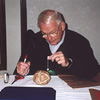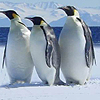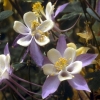Hubble Sees the Universe in a New Light
Scientists have been able to look farther into space than ever before by using a newly installed instrument on the Hubble Space Telescope. The Near Infrared Camera and Multi-Object Spectrometer (NICMOS) has been used to gather light from galaxies that could be over 12 billion light-years away. "This observation is a major step toward fulfilling one of Hubble's key objectives: to search for the faintest and farthest objects in the universe," said Ed Weiler, NASA's acting Associate Administrator for Space Science. The new camera has been used to observe distant objects in greater detail than is present in the Hubble Deep Field, an image created with the Wide Field and Planetary Camera 2 (WFPC2). The WFPC2 takes pictures using visible light while the NICMOS uses infrared light. Infrared images are necessary to see deep into space because distant objects are moving away from us very fast and the light they emit is red-shifted. An object that normally would emit visible light if it were stationary actually will emit infrared light when it is moving away from us. "This is just our first tentative glimpse into the very remote universe," says Alan Dressler of the Carnegie Observatories in Pasadena, CA. "What we see may be the first stages of galaxy formation. But the objects are so faint that their true nature can only be explored with the advanced telescopes of the future." The future may only be nine years away. The Next Generation Space Telescope (NGST) is scheduled for launch in 2007. It will be able to take higher-resolution pictures of these distant objects and possibly confirm their distance from us.What's New on the Site?
When Nature Strikes - Earthquakes
When Nature Strikes - Volcanoes
When Nature Strikes: Tsunami Classroom Activity
When Nature Strikes: Wildfires - Why are they a challenge to stop?
Windows to the Universe Community | |
News | Opportunities |
You might also be interested in:

Traveling Nitrogen Classroom Activity Kit
Check out our online store - minerals, fossils, books, activities, jewelry, and household items!...more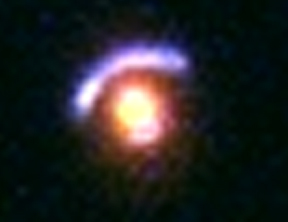
Pretty Lenses are Caught by Hubble
The NASA Hubble Space Telescope has recently found some spectacular mirages produced by gravitational lenses in space. These lenses act as giant magnifying glasses for the Universe. A lens is produced...more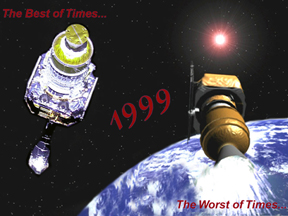
1999--A Year in Review...
It was another exciting and frustrating year for the space science program. It seemed that every step forward led to one backwards. Either way, NASA led the way to a great century of discovery. Unfortunately,...more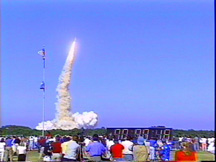
STS-95 Launch: "Let the wings of Discovery lift us on to the future."
The Space Shuttle Discovery lifted off from Kennedy Space Center at 2:19 p.m. EST, October 29th. The sky was clear and the weather was great as Discovery took 8 1/2 minutes to reach orbit for the Unitied...more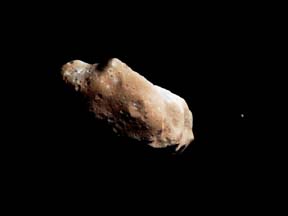
Moon Found Orbiting Asteroid
A moon was discovered orbiting the asteroid, Eugenia. This is only the second time in history that a satellite has been seen circling an asteroid. A special mirror allowed scientists to find the moon...more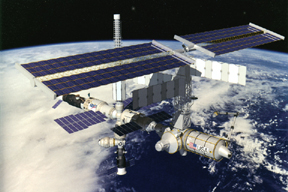
U.S. is Fed Up with Russia
Will Russia ever put the service module for the International Space Station in space? NASA officials are demanding an answer from the Russian government. The necessary service module is currently waiting...more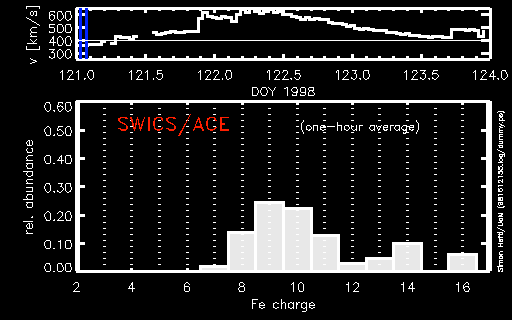
More on Recent Coronal Mass Ejection
During a period of about two days in early May, 1998, the ACE spacecraft was immersed in plasma associated with a coronal mass ejection (CME). The SWICS instrument on ACE, which determines unambiguously...more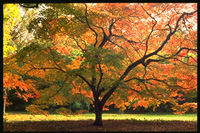
Mother Nature's Air Conditioning
J.S. Maini of the Canadian Forest Service has referred to forests as the "heart and lungs of the world." Forests reduce soil erosion, maintain water quality, contribute to atmospheric humidity and cloud...morePlease log in
Science Blogs
Real Climate: climate science from climate scientists

Windows to the Universe, a project of the National Earth Science Teachers Association, is sponsored in part is sponsored in part through grants from federal agencies (NASA and NOAA), and partnerships with affiliated organizations, including the American Geophysical Union, the Howard Hughes Medical Institute, the Earth System Information Partnership, the American Meteorological Society, the National Center for Science Education, and TERC. The American Geophysical Union and the American Geosciences Institute are Windows to the Universe Founding Partners. NESTA welcomes new Institutional Affiliates in support of our ongoing programs, as well as collaborations on new projects. Contact NESTA for more information.



